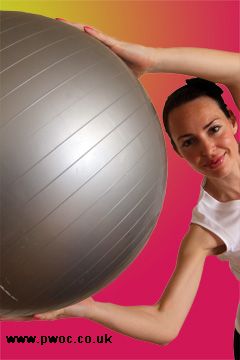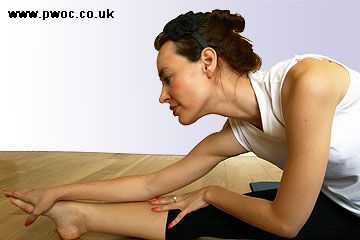What is Pilates? 
Welcome to Simon Tolsons' Pilates Studio in Petts Wood
Pilates is a method of exercise, founded by Joseph Pilates, which emphasizes the balanced harmony of the body through core strength, flexibility, and awareness in allowing for an efficient and graceful movement. Our bodies are designed to work in a physical way, however, the physical way we actually use our bodies does not always match up with the way that we should move our bodies

Pilates is designed to give you suppleness, natural grace, and skill that will be unmistakably reflected in the way you walk, in the way you play, and in the way you work. Joseph Pilates
Many of our physical activities are asymmetrical, which puts our bodies out of balance. The muscles that perform these various tasks need to be worked regularly, and so does the infrastructure that supports them. The infrastructure is our skeleton and the joints which the muscles attach too and move respectively. A key structure that needs extra support from the abuse we give it is the lower back area. Over time this area can become weaker and less mobile and cause us to perform less physical activities. This can lead to extra work on other area leading to further imbalance, a change in the posture and even osteoarthritic conditions.

Muscle imbalance is a common factor that can affect everyone at some point in our lives, and it occurs when a muscle or group of muscles become too dominant or too weak for its designed range of function. As our bodies become imbalanced the knock affect is to affect other aspects of our lives – such as our moods. The mind can then become the excuse not to do physical activity and restore our health leading to a downward spiral of our wholeness.
As small bricks are employed to build large buildings, so will the development of small muscles help develop large muscles. Joseph Pilates
Pilates is much more than a mindless repetition of movements. It connects the mind with how we move; you have concentrate on how you are breathing, how to isolate certain movements, how to stabilize supporting structures and how integrate movement into a flowing rhythmical co-ordinated way. Pilates and its' various teachings are not a quick fix for a bad back but a long term commitment to improving posture, health and the quality of one's life.

Joseph Pilates created many varied exercises and in 1945 published his book – Return to Life Through Contrology. This set out the fundamental mat exercises that are still used today. If you spend most of your day sitting down in a chair, then your knees are bent and your hips are flexed. So over time your hip flexors become tight and your hamstrings will shorten. These two sets of muscles have a great effect on your posture and shape and support your back. Without balancing these muscle groups by using stretching and strengthening exercises, the weakness will cause back problems.




